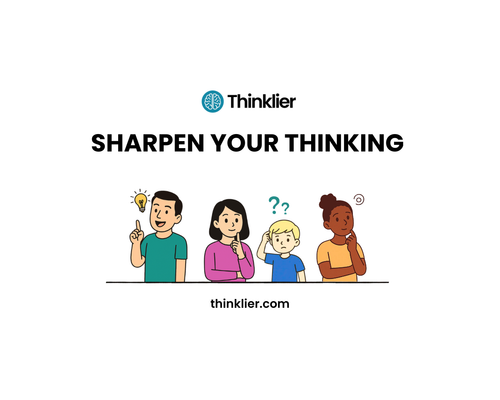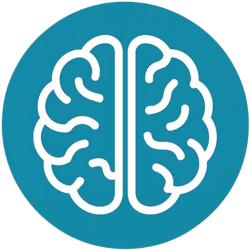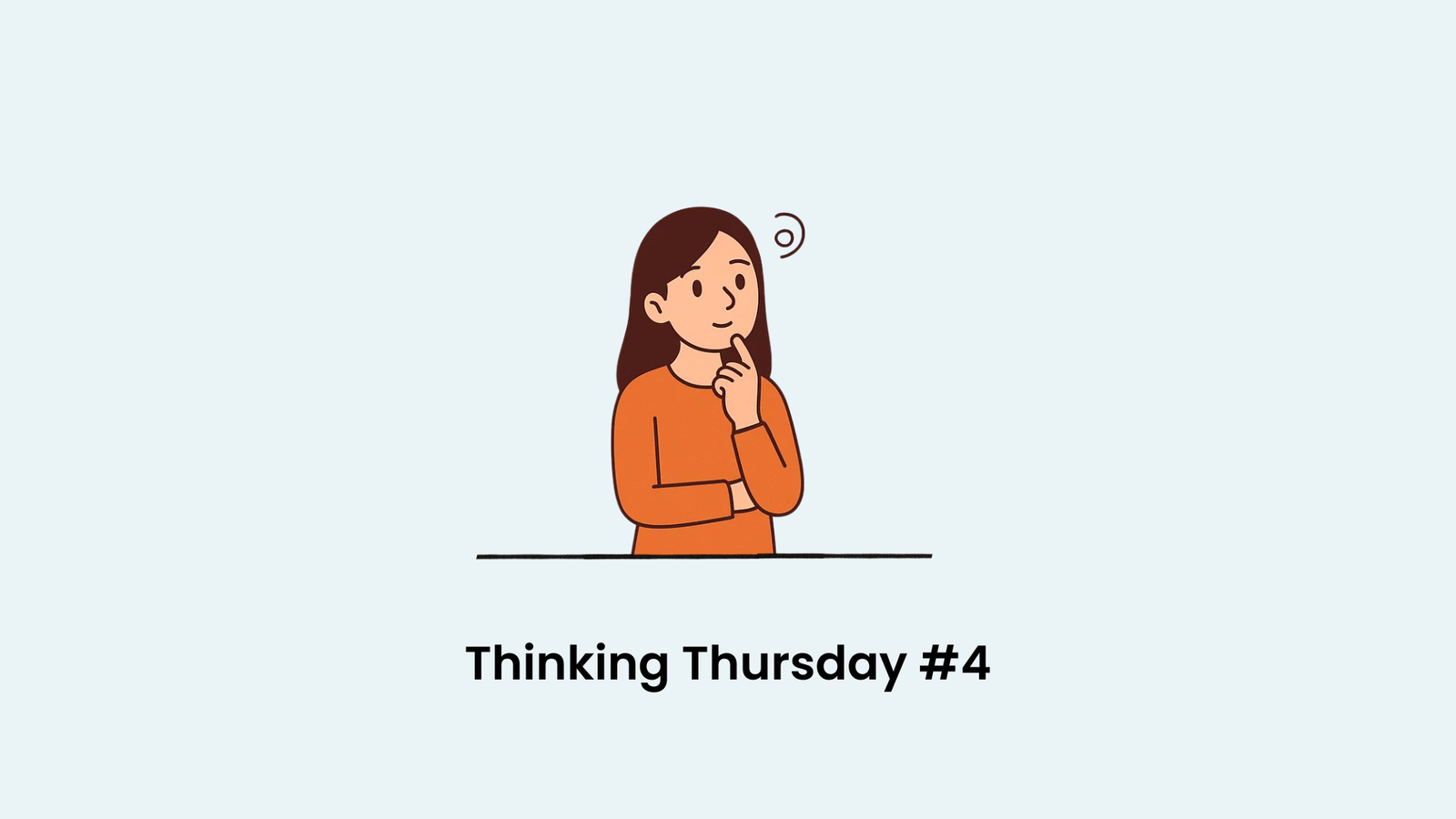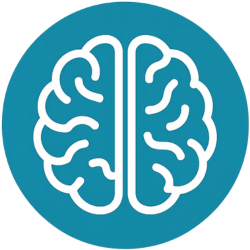Something to think about
We live in a world full of information. Articles, videos, explainers, and podcasts. But does that mean we understand more — or just feel like we do?
The truth is, people often believe they understand things far better than they actually do. It’s called the illusion of explanatory depth.
Ask someone how a toilet flushes, or how inflation works, or why birds migrate — and they’ll feel confident… until they try to explain it.
That discomfort — the gap between what we think we know and what we can actually explain — is a clue. It reveals where our thinking is weak. And it’s not a failure. It’s a signpost.
As the philosopher Daniel Dennett put it:
“If you can’t explain something clearly, you don’t really understand it.”
Real thinkers don’t cling to the appearance of knowledge. They dig. They test. They clarify.
They don’t say “I already get it.”
They say: “Let’s see if I really do.”
Something to try
Pick something you believe you understand well — and try to explain it to a child.
Not vaguely, not with jargon, but simply and clearly.
If you can’t do it? That’s not weakness.
That’s your mind asking for more.
Something to read
A recent post you might enjoy:

We assume intelligence protects us from bad thinking. But the illusion of knowledge can make us even more vulnerable — unless we learn to spot it.
Found this helpful?
Forward it to a friend — or share the archive: thinklier.com/thinking-thursday
See you next Thursday.
— The Thinklier team





